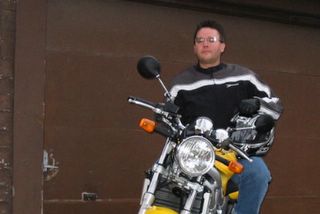Scott’s device had a barrel-shaped horn attached to a stylus, which etched sound waves onto sheets of paper blackened by smoke from an oil lamp. The recordings were not intended for listening; the idea of audio playback had not been conceived. Rather, Scott sought to create a paper record of human speech that could later be deciphered.Thanks to Flamer for the tip.
But the Lawrence Berkeley scientists used optical imaging and a “virtual stylus” on high-resolution scans of the phonautogram, deploying modern technology to extract sound from patterns inscribed on the soot-blackened paper almost a century and a half ago. The scientists belong to an informal collaborative called First Sounds that also includes audio historians and sound engineers.
28 March 2008
Finally - Something of Value from Berkeley
So maybe Edison wasn't there first:
Subscribe to:
Post Comments (Atom)


1 comment:
my pleasure.
Post a Comment